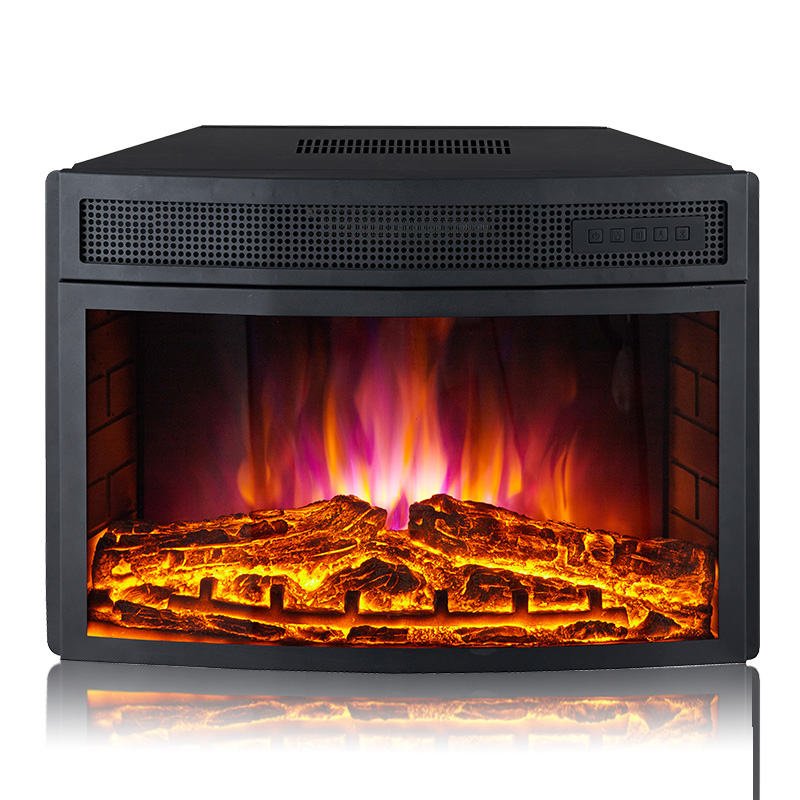Improving the energy efficiency of a built-in fireplace can help reduce energy consumption and lower heating costs. Here are some ways to enhance the energy efficiency of a built-in fireplace:
Choose a High-Efficiency Fireplace: Opt for a built-in fireplace that is specifically designed to be energy efficient. Look for models that have high-efficiency ratings and meet relevant energy efficiency standards. This ensures that the fireplace is designed to maximize heat output while minimizing heat loss.
Use a Fireplace Insert or Heat Exchanger: Installing a fireplace insert or heat exchanger can significantly improve energy efficiency. These devices help capture and distribute more heat into the room, reducing heat loss through the chimney or flue.
Custom Built-in Fireplace Manufacturers can increase the fireplace's efficiency by transferring more of the generated heat into the living space.
Seal Air Leaks: Identify and seal any air leaks around the built-in fireplace. Common areas for air leakage include gaps between the fireplace and the surrounding wall or hearth. Use weatherstripping or caulking to seal these gaps, preventing cold drafts from entering the room and warm air from escaping.
Install a Damper or Chimney Balloon: Ensure that the fireplace's damper is properly closed when the fireplace is not in use. A closed damper prevents warm air from escaping through the chimney. Alternatively, consider installing a chimney balloon, an inflatable device that blocks the chimney opening to prevent heat loss.
Improve Insulation: Adequate insulation in the walls and ceiling surrounding the built-in fireplace helps retain heat within the room. Consider adding insulation to these areas to reduce heat transfer and improve overall energy efficiency.
Use a Fireplace Grate: A fireplace grate helps elevate the firewood, allowing air to circulate more efficiently around the burning logs. This improves combustion and heat generation, maximizing the fireplace's energy efficiency.
Choose Hardwood Logs: When using a wood-burning built-in fireplace, opt for hardwood logs instead of softwood. Hardwood logs burn more slowly and produce more heat, resulting in increased energy efficiency.
Install Glass Doors: Adding glass doors to the front of the built-in fireplace helps minimize heat loss when the fireplace is not in use. The glass acts as a barrier, preventing warm air from escaping and cold air from entering the room.

♦25''/28''/33''/34'' recessed and insert fireplace
♦Curved or flat Panel design
•Remote control and control panel control
♦Deluxe design with brick background wall
♦Fan heater with 2 heat settings option
♦Realistic log flame effect
♦LED display
♦Digital timer function
♦Flame can be used with or without heat
♦ Adjustable flame brightness
♦Temperature setting function
♦Overheat protection






